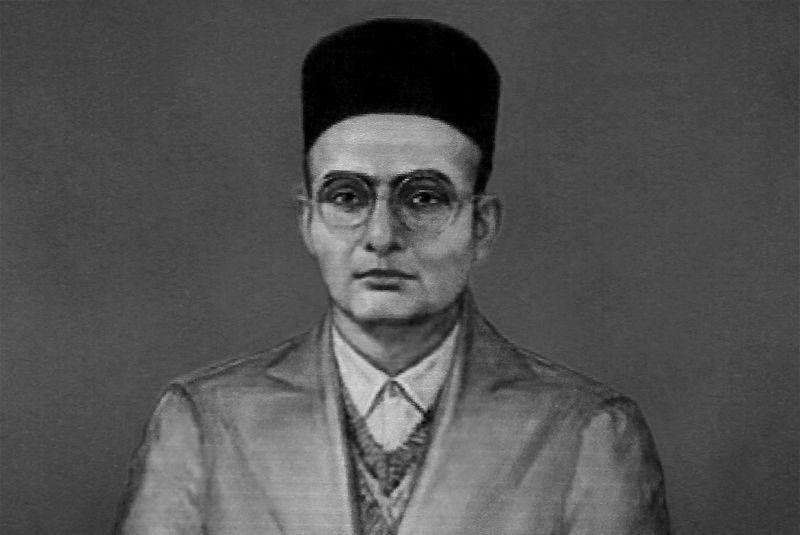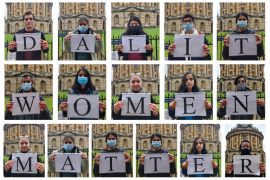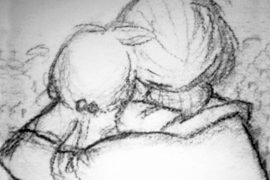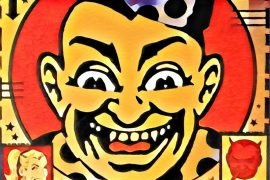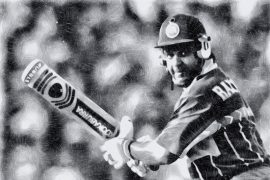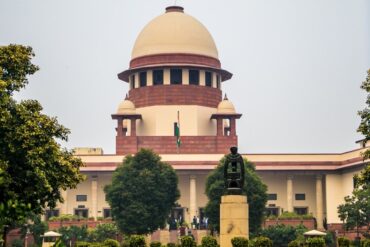On February 26, 2003, a portrait was hung up in the Central Hall of the Indian Parliament under the auspices of the National Democratic Alliance (NDA) government. Bang opposite the centrepiece painting of Mahatma Gandhi is an equally life-sized portrait of his ideological adversary – Vinayak Damodar Savarkar. Known as ‘Veer Savarkar’ (meaning ‘brave’) by his supporters, his title reflects the audacity of the painting’s placement.
Savarkar was accused of Gandhi’s assassination. As his earlier convictions demonstrated, ordering assassinations was his forte; from Curzon Wylie in London, 1909, A.T.M. Jackson in Nashik, 1910 and the attempt on Ernest Hotson in 1931. Savarkar never pulled the trigger himself. He had his accomplices carry out the act.
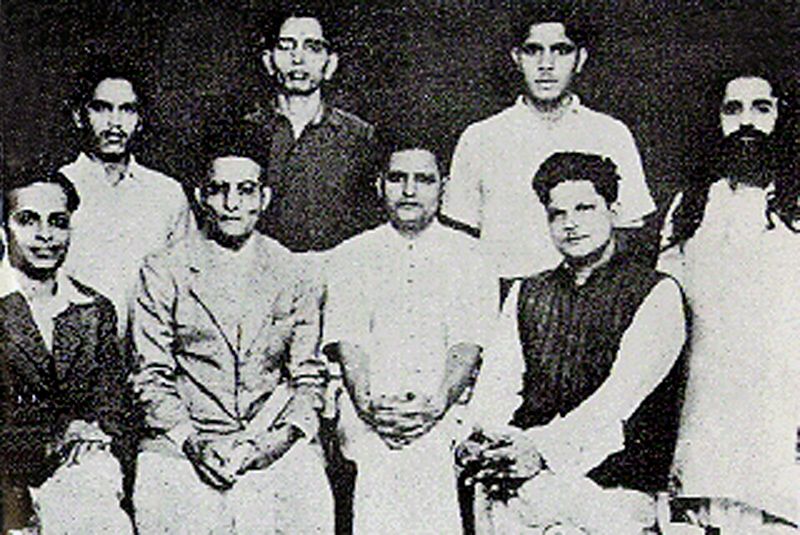
His ‘innocence’ was questioned by leaders such as Sardar Vallabhai Patel and L.K. Advani. Savarkar was at the least, morally complicit. Yet, he is described in the Lok Sabha’s picture gallery as a ‘patriot to the core’. When Narendra Modi came to power in 2014 after ten years of United Progressive Alliance (UPA) rule, he was the first Prime Minister to pay homage to Savarkar’s portrait since Atal Behari Vajpayee.
-30-
Copyright©Madras Courier, All Rights Reserved. You may share using our article tools. Please don't cut articles from madrascourier.com and redistribute by email, post to the web, mobile phone or social media.Please send in your feed back and comments to [email protected]

